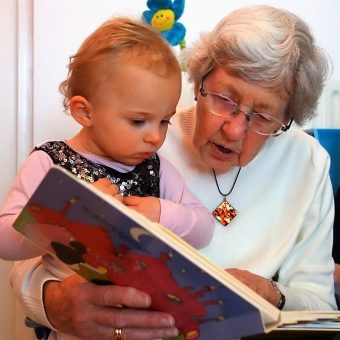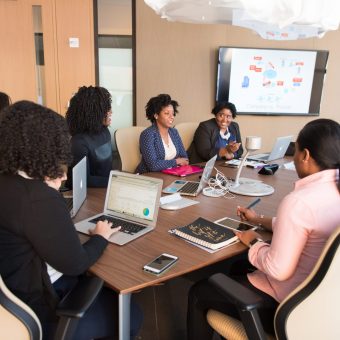Face-to-face communication offers more than just words; it’s a tapestry of emotion, understanding, and connection, so it’s vital to strive to overcome face-to-face communication challenges.
- Dinner at a restaurant isn’t just about the food. It’s about sharing stories, laughing together, and feeling a sense of companionship with loved ones.
- Car trips are more than just journeys. Long conversations on the road provide insights into the lives of our travel companions, fostering deeper understanding.
- Engaging with our grandchildren lets us both impart wisdom and learn from their fresh perspectives, making us feel both valued and enriched.
- Conversations at the doctor’s office or hospital aren’t merely clinical; they give us clarity about our health and help us feel in control.
- Active participation in workplaces, classrooms, or community events isn’t about being seen; it’s about building our sense of purpose and self-worth.
Indeed, the depth of emotions and insights that come from face-to-face interactions is unmatched.
Challenges in Communication
While hearing devices, such as hearing aids and CIs, are invaluable for personal conversations in quiet settings, the external world presents unpredictable situations that make it hard to overcome face-to-face communication challenges:
- Acoustic obstacles: Noise, reverb, and distance can distort clarity.
- Visual barriers: Face-masks, beards, and people not facing us directly can hinder understanding.
- Diversity: Encountering foreign accents adds another layer of complexity.
Recognizing these challenges, it’s essential to approach them with realistic expectations, cherishing the moments of clarity and connection.
Effective Communication Strategies
To overcome face-to-face communication challenges, consider these approaches:
- Optimize Hearing:
- Amplify speech for clarity.
- Use tools like remote microphones to reduce background noise.
- Maximize Visual Input:
- Tune into facial expressions and lip movements.
- Use captions as a backup for understanding.
- Adopt Smart Strategies:
- Be aware of your surroundings and adjust your position if needed.
Stay committed to fostering genuine connections!







